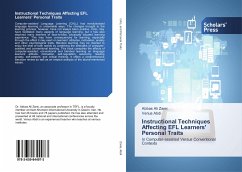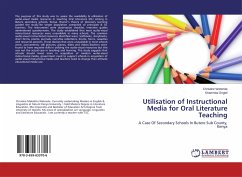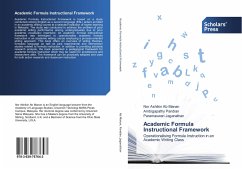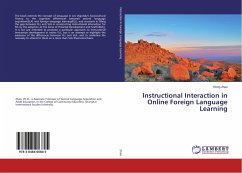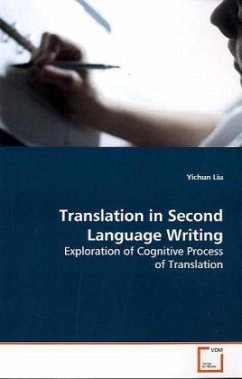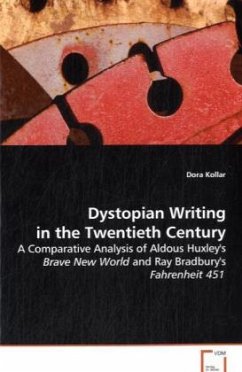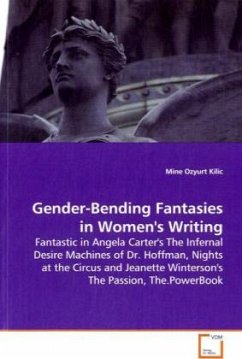
Writing instructional texts in science
Evaluating the effectiveness of design principles in a second language context
Versandkostenfrei!
Versandfertig in 6-10 Tagen
52,99 €
inkl. MwSt.

PAYBACK Punkte
26 °P sammeln!
Non English-speaking Science students studying in English often have difficulty understanding written course material, particularly in distance education. Course writers should employ reliable design principles for instructional texts. This book deals with students' language and cultural barriers, writers' awareness of their problems and the effectiveness of design principles in improving understanding.The findings show the effects of using design principles to modify science course material which improved student understanding of the modified texts. The design principles identified are: make ...
Non English-speaking Science students studying in
English often have difficulty understanding written
course material, particularly in distance education.
Course writers should employ reliable design
principles for instructional texts. This book deals
with students' language and cultural
barriers, writers' awareness of their problems and
the effectiveness of design principles in improving
understanding.
The findings show the effects of using design
principles to modify science course material which
improved student understanding of the modified
texts. The design principles identified are: make
the meaning of problematic words transparent;
provide accurately formulated descriptions; explain
and acknowledge cultural and historical allusions;
clarify cause and effect relationships; use
appropriate text structuring devices; use elliptical
expressions and reference cohesion judiciously; make
strong links between text and diagrams; avoid
complex syntactic structures; ensure uniformity of
description.
This is for writers of scientific texts,
instructional designers, editors, writing workshop
facilitators and writers of instructional writing
guidelines.
English often have difficulty understanding written
course material, particularly in distance education.
Course writers should employ reliable design
principles for instructional texts. This book deals
with students' language and cultural
barriers, writers' awareness of their problems and
the effectiveness of design principles in improving
understanding.
The findings show the effects of using design
principles to modify science course material which
improved student understanding of the modified
texts. The design principles identified are: make
the meaning of problematic words transparent;
provide accurately formulated descriptions; explain
and acknowledge cultural and historical allusions;
clarify cause and effect relationships; use
appropriate text structuring devices; use elliptical
expressions and reference cohesion judiciously; make
strong links between text and diagrams; avoid
complex syntactic structures; ensure uniformity of
description.
This is for writers of scientific texts,
instructional designers, editors, writing workshop
facilitators and writers of instructional writing
guidelines.




